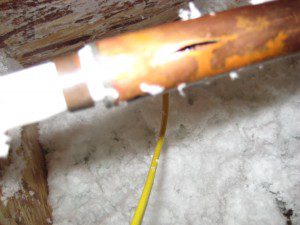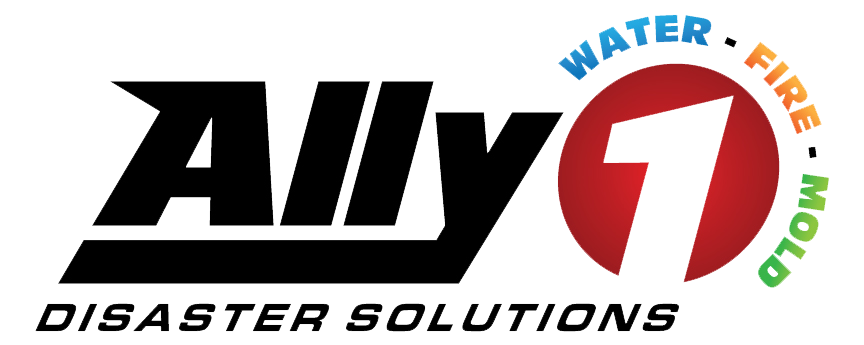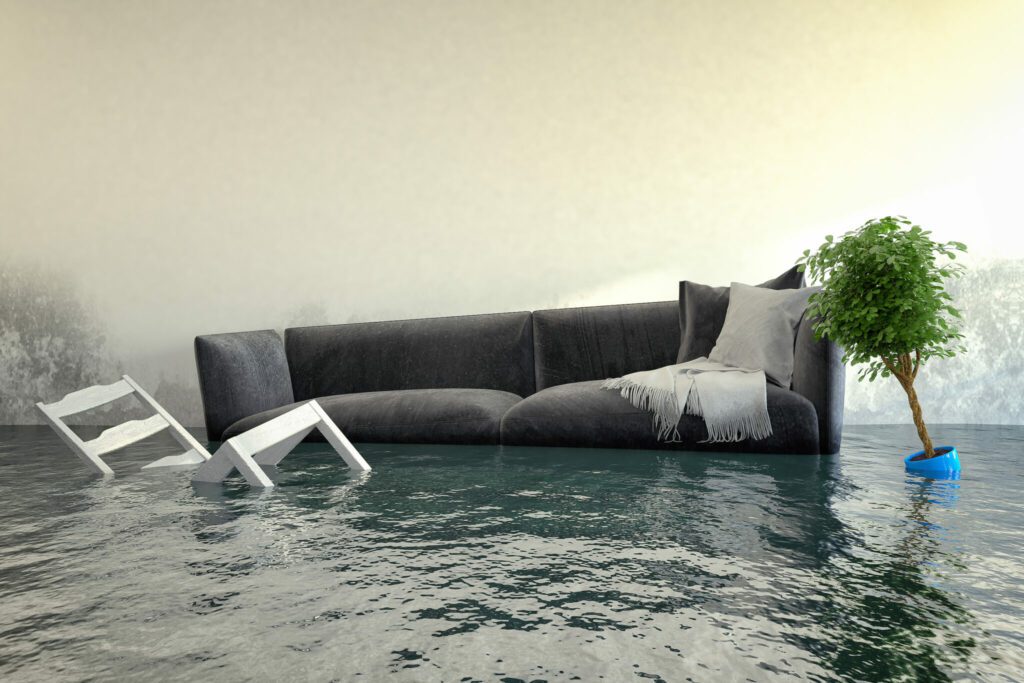Thawing Frozen Pipes
 It is COLD here in Cedar City and with the cold brings FROZEN PIPES! We here at Ally1 Disaster Solutions are called to help in quite a number of water damage cleanup projects each winter from burst & frozen pipes. And while we are always standing at the ready to help when disaster strikes, we’d like to offer some quick tips to help in the event that you or someone you know experiences the inconvenience of a frozen pipe.
It is COLD here in Cedar City and with the cold brings FROZEN PIPES! We here at Ally1 Disaster Solutions are called to help in quite a number of water damage cleanup projects each winter from burst & frozen pipes. And while we are always standing at the ready to help when disaster strikes, we’d like to offer some quick tips to help in the event that you or someone you know experiences the inconvenience of a frozen pipe.
Water that freezes during the winter in an unprotected pipe expands, and that expansion can rupture even the soundest of pipes.
A frozen pipe is always an inconvenience, but it can actually result in a much more serious problem than just a temporary loss of water.
Thawing Frozen Pipes:
Here’s what to do if you wake up some frigid winter morning to find a water pipe frozen solid:
Step 1: Open faucet so that the steam produced by your thawing frozen pipes activities will be able to escape out of the pipes.
Step 2: Start thawing frozen pipes (see pipe-thawing options below) at the faucet and work back toward the other end of the frozen section. As the ice melts, water and steam will come out the open faucet. If you start in the middle of the freeze, steam produced by melting ice could get trapped and build up enough pressure to burst the pipe. This obviously is not good…
Thawing Frozen Pipes options: There are several things you can do to thaw your home’s pipes. Here’s a list:
- Probably the most popular and safest pipe-thawing option is to use hot water. (But it’s messy.) Wrap and secure heavy towel or burlap bag around pipe to concentrate and hold heat against it. Place bucket under pipe to catch runoff water, then pour hot or boiling water over towel.
- CAUTION: A less messy but far more dangerous heat source for thawing frozen pipes is a propane torch equipped with a flame-spreader nozzle. With this heat source, you must be extremely careful to prevent torch flame from damaging or igniting wall behind pipe. A scrap of fireproof material between pipe and wall is a good precautionary measure, but the way you use the torch is the main element in safe pipe thawing. Constantly keep flame moving back and forth. Never leave it in one spot. Be especially careful if you’re near any soldered pipe joints. Pass over them very quickly or else they may melt and cause leaks. Caution: Never use torch or other direct high heat on plastic pipe.
- If you want to avoid the messiness of thawing frozen pipes with hot water and the danger of melting soldered joints with propane torch, try a heat lamp or hair dryer as a heat source. These work less quickly but are much safer.
- Unfortunately, often times the frozen part of the pipe is behind an obstruction that is difficult or impossible to get to without damaging something. Like the back of a vanity or cabinet for example. If this is the case in your situation and you don’t want to “remodel” then time and patience is the best medicine. Open the faucet and then place a space heater with a protected switch into the front of the cabinet. Then wait, but don’t forget to check and monitor it’s progress frequently.
Drainpipes Freeze Too!
To thaw a frozen drainpipe, remove trap, and insert length of garden hose into pipe. When you can’t push hose any farther, it has probably reached the ice. Raise your end of the hose and feed hot water in through a funnel. This way, the hot water is sure to get to the problem area. You must be careful when using this technique.
Until the ice melts and drains down the pipe, the hot water you pour in will back up toward you. Have a bucket ready to catch the overflow, and be careful not to scald yourself.
In the event that you do suffer damage to your home or business due to a frozen pipe rupture, be sure to call Ally1 Disaster Solutions immediately. We’re here to help. Call us at (435) 238-4852.







